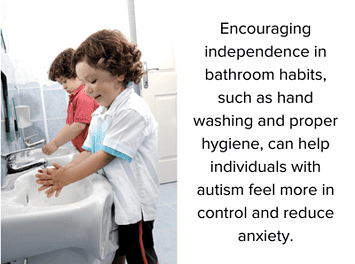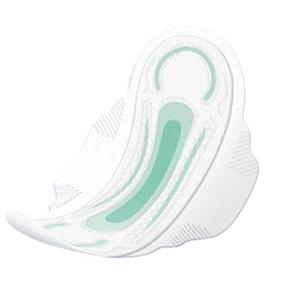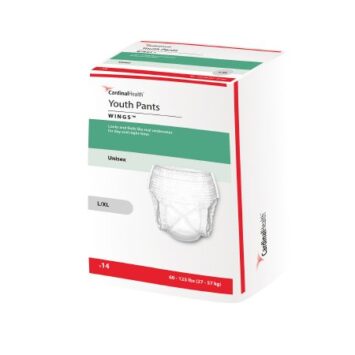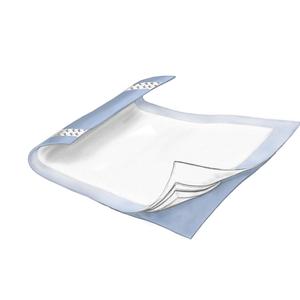When it comes to kitchen medical supplies for people with disabilities, it is important to prioritize items that can enhance safety, accessibility, and independence. Navigating the kitchen can be challenging for these individuals. Fortunately, there are a variety of kitchen medical supplies that can enhance their needs in this area of the home. In this blog post, we will explore the top five kitchen medical supplies for people with disabilities, designed to make cooking and meal preparation easier and more enjoyable.
1. Adaptive Cutting Board
An adaptive cutting board can be helpful for people with limited dexterity or strength in their hands. These boards typically feature non-slip surfaces and corner guards for enhanced stability to prevent accidents like slipping. Adaptive cutting boards can help ensure a safer experience for people with disabilities in the kitchen.

2. One-Handed Kitchen Utensils
One-handed utensils are specifically designed for individuals with limited hand function or the ability to use only one hand. One-handed kitchen utensils feature ergonomic handles, weighted bases for balance, and specialized grips. One-handed utensils can include knives, peelers, can openers, and utensil sets.
3. Non-Slip Kitchen Mats
 Non-slip mats are an essential addition to any kitchen to prevent slips and falls. These kitchen medical supplies for people with disabilities provide stability and reduce the risk of accidents. Non-slip mats work especially well for individuals using mobility aids or those with balance issues.
Non-slip mats are an essential addition to any kitchen to prevent slips and falls. These kitchen medical supplies for people with disabilities provide stability and reduce the risk of accidents. Non-slip mats work especially well for individuals using mobility aids or those with balance issues.
Many non-slip mats also serve as anti-fatigue mats. Standing for prolonged periods can cause muscle strain and discomfort, which can be exacerbated for people with disabilities. Non-slip anti-fatigue mats provide cushioning and support to the feet and legs, reducing the impact on joints and helping individuals with disabilities stay comfortable during kitchen activities. Non-slip mats can be placed near the sink, stove, and food preparation areas.
4. Jar and Bottle Openers
Opening jars and bottles can be challenging for people with disabilities that have limited hand mobility or a weak grip strength. Jar and bottle openers designed specifically for individuals with disabilities can help open tightly sealed containers. These openers typically feature rubberized surfaces and easy-grip handles to provide extra assistance when twisting off lids.
5. Reacher or Grabber Tool
 The last of our top five kitchen medical supplies for people with disabilities is a reacher or grabber tool. This handy device allows individuals to retrieve items from high or low places without bending, stretching, or reaching overhead. It can assist in accessing items from cabinets, shelves, or the refrigerator, reducing the risk of strain or injury.
The last of our top five kitchen medical supplies for people with disabilities is a reacher or grabber tool. This handy device allows individuals to retrieve items from high or low places without bending, stretching, or reaching overhead. It can assist in accessing items from cabinets, shelves, or the refrigerator, reducing the risk of strain or injury.
Having the right kitchen medical supplies for people with disabilities can greatly enhance a person’s independence and safety. By investing in some of the adaptive tools and equipment we can mentioned, individuals can overcome various challenges and enjoy a fulfilling experience in the kitchen. These top five kitchen medical supplies for people with disabilities offer practical solutions.
You can find a wealth of information and articles on Porch’s website for accident prevention in the home. Visit Adapting Your Home for an Accessible Kitchen for more considerations and ideas.
Explore our home delivery medical supply website and discover some of the mobility and adaptive equipment we offer that can make a difference and empower people with disabilities as they navigate the kitchen with confidence, safety, and ease.
Top-Selling Mobility & Adaptive Equipment







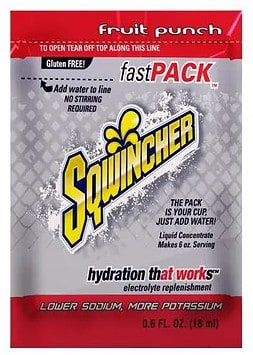
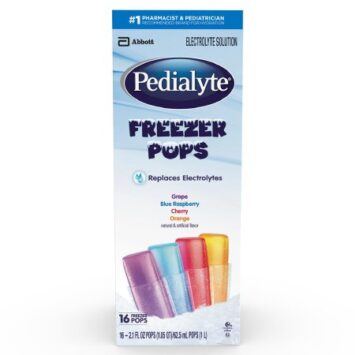








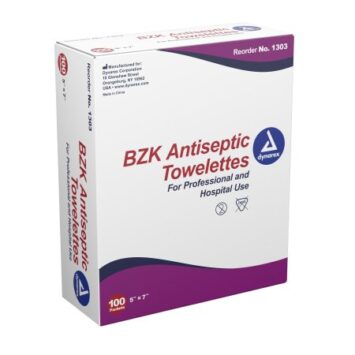








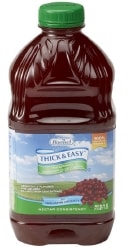



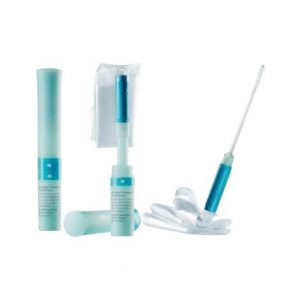
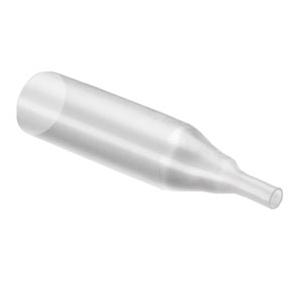

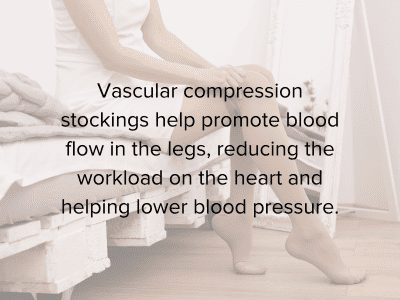
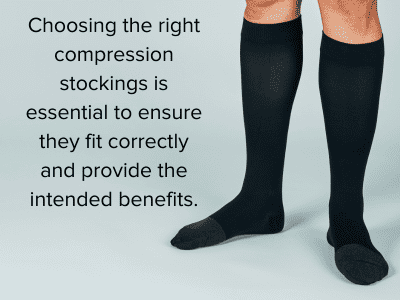
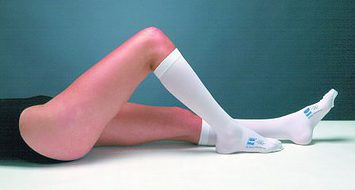
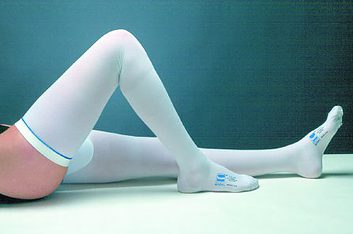
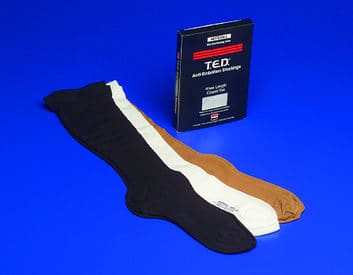










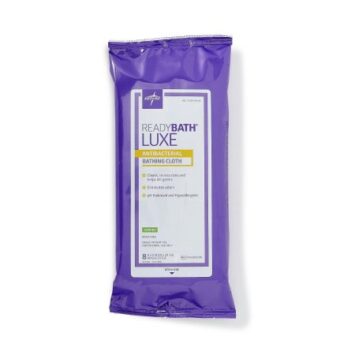
 Finally, it is essential to seek professional advice when tube feeding. Caregivers should consult with a healthcare professional before starting a gastronomy tube feeding regimen. A healthcare professional can help determine the patient’s nutritional needs, provide guidance on feeding schedules, and recommend the right enteral supplies.
Finally, it is essential to seek professional advice when tube feeding. Caregivers should consult with a healthcare professional before starting a gastronomy tube feeding regimen. A healthcare professional can help determine the patient’s nutritional needs, provide guidance on feeding schedules, and recommend the right enteral supplies.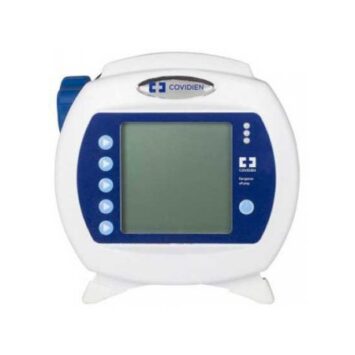
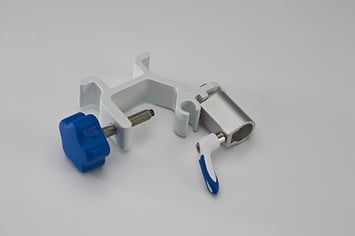
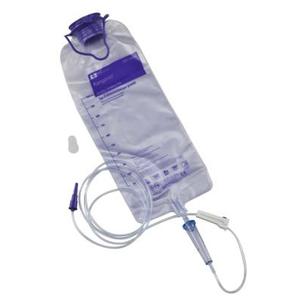
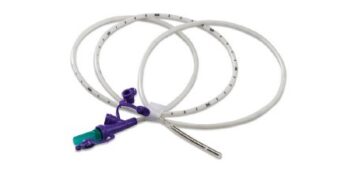








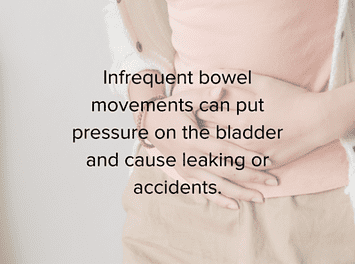 Bedwetting:
Bedwetting: